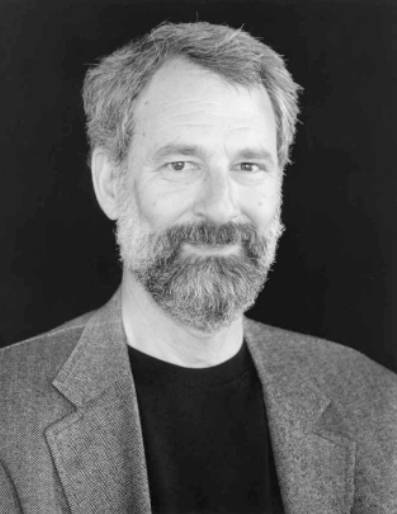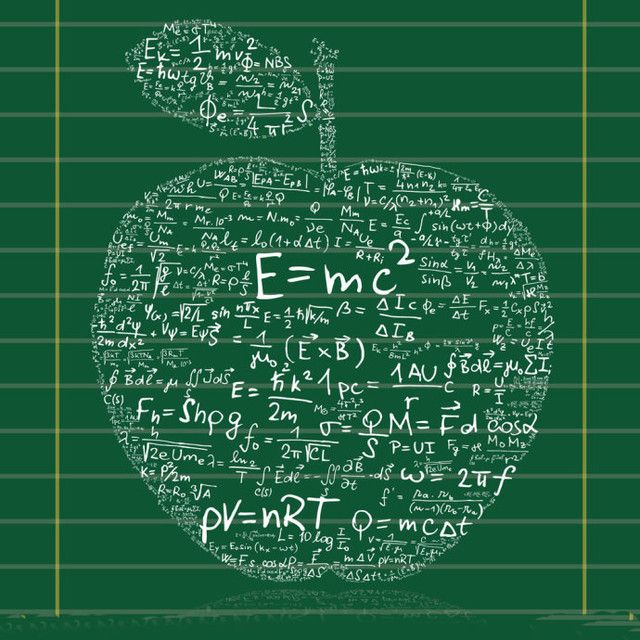
小时候我想知道火箭是如何运作的,于是从图书馆借了一本物理书来看。
结果,我发现一句话也读不懂。睿智的父亲跟我解释说,因为书中到处都是你未曾学的数学。
于是我开始学习数学课本,从小学四年级的算术开始。
在学完微积分以后,父亲把我带到了当地的马里兰大学寻求指导。这是我与马里兰大学交往的开始。那里的老师极好。这是一个很大的州立学校,但我感觉整个数学系都在为我提供私人辅导。我被马里兰大学作为本科生录取了。这是不合规定的,因为当时我还只有十四岁,但数学系主任向校方施压说,如果学校不录取我的话他就辞职不干了。倘若没有他们从前的壮举,今天你[译者按:指摄影师库克(Mariana Cook)]不会来拜访我。
三年后,我到普林斯顿念研究生。能追随施泰因(Eli Stein)学习,是我最大的幸运,
他不仅是一位伟大的数学家,而且也许是我见过的最好的数学老师。施泰因的教学和榜样对我的工作仍然是一个主要的影响。
我想描述我的两项贡献。第一个贡献是
挂谷集(Kakeya set)与傅里叶分析之间的一个联系。平面中的挂谷宗一集具有奇特的形状。你可以将一枚细针在一个挂谷集的内部翻转一整周;而这个挂谷集的面积可以要多小就有多小。傅里叶分析研究复杂的振动如何分解为简单的振动。例如,小提琴弦的复杂运动由根音、第一泛音、第二泛音等构成。如果将高频部分移去,小提琴弦的音调将会降低。部分原因是,小提琴弦是一维的。照片则是一个二维的影像,也是由类似于琴弦的根音和泛音这样的简单片段构成的。由于照片是二维的,它可能无法对焦,而当截去高频部分时又会突然精准对焦。这就是因为挂谷集的存在。我在一九七〇年代发现了这一点。二维以上空间的挂谷集继续呈现了具有挑战性的问题。本书中的照片当然是完美对焦的。
其次,我花了很多年研究关于原子的数学问题。
任何一本量子力学书都会解释为何一个电子与一个质子联合而成一个氢原子。但书上不会告诉你为何数以万计的电子与数以万计的质子一起结合成数以万计的氢原子。这是一个困难得多的问题,需要许多数学;完全的解答仍然未知。我的贡献是,将这个问题归结为对系统能量的估计。
我没有去选择问题;是问题选择了我。
问题会勾住我,让我理所应当地为之思索几年或几十年。有时我得到错误的想法。错误的想法好比是锅里的原料。加了充分多的原料以后就可以熬汤了。如果运气好,味道就不错。
在普林斯顿,我通常教一门研究生课(通常是论述我本人的工作)
和一门本科生课(通常是初等微积分)。当研究停滞不前时,一想到我正在做一些有用的事情可以陪伴我的大一新生度过一段不那么痛苦的时光,我就很知足。
附:原文
Charles Louis Fefferman
Fourier analysis, partial differential equations
Fields Medal
Herbert E. Jones, Jr., University Professor of Mathematics, Princeton University
As a little kid, I wanted to know how rockets work and borrowed
a physics book from a library. I didn’t understand one word. My wise father explained to me that the book was full of math, which I hadn’t studied.
I set about reading math textbooks, starting with fourthgrade arithmetic. After I got through calculus, my father took me to our local university, the University of Maryland, for tutoring.That was the start of my relationship with the University of Maryland. They were wonderful. It’s a big state school, but I had the feeling that their whole math department was giving me private tutoring. I attended Maryland as an undergraduate. It was illegal since I was only fourteen years old, but the chairman of the math department threatened to resign if the university didn’t admit me. You wouldn’t be interviewing me today if it hadn’t been for them.
I went to Princeton as a grad student. It was a great stroke
of luck for me to study with Eli Stein, a great mathematician and perhaps the best teacher of math I’ve ever known. Eli’s teaching and example are still a major influence on my work.
I would like to describe two of my contributions. The first is
a connection between Kakeya sets and Fourier analysis. Kakeya sets are strange shapes in the plane. One can turn a 1-inch-long needle through a full 360 degrees, keeping the needle entirely inside a Kakeya set; yet the area of a Kakeya set is as small as you please. Fourier analysis is the study of how complicated vibrations break up into simple ones. For example, the complicated motion of a violin string is made up of a fundamental note, a first overtone, a second overtone, and so on. The sound of the violin string is degraded if the high frequencies are removed. In part, that’s because the violin string is one-dimensional. A photograph is a two-dimensional image, also built up from simple pieces analogous to the fundamental note and overtones of a string. Because a photo is two-dimensional, it may be out of focus yet come into sharp focus when its high frequencies are removed. That’s because of the existence of Kakeya sets. I discovered this in the 1970s. Kakeya sets in dimension higher than two continue to present challenging problems. The photos in this book are in perfect focus.
Secondly, I’ve spent many years on mathematical problems
about atoms. Any quantum mechanics textbook explains why one electron and one proton combine to make one hydrogen atom. The textbook won’t tell you why a billion, billion, billion electrons and a billion, billion, billion protons combine to make lots of hydrogen atoms. That’s a much harder problem, which entails a lot of math; the full solution isn’t yet known. I made a contribution by reducing the problem to an estimate for the energy of the system.
I don’t choose problems; they choose me. A question will
grab hold of me and I feel compelled to think about it for years or decades. On a typical day, I get no ideas, but on a good day, I get a wrong idea. Wrong ideas are ingredients in the pot. Add enough ingredients and the stew cooks. With luck, it tastes
good.
At Princeton, I usually teach a graduate class (often on
my own work) and an undergraduate class (often elementary calculus). When research is going badly, it’s pleasing to think that I’m doing something useful by not giving my freshmen a hard time.





